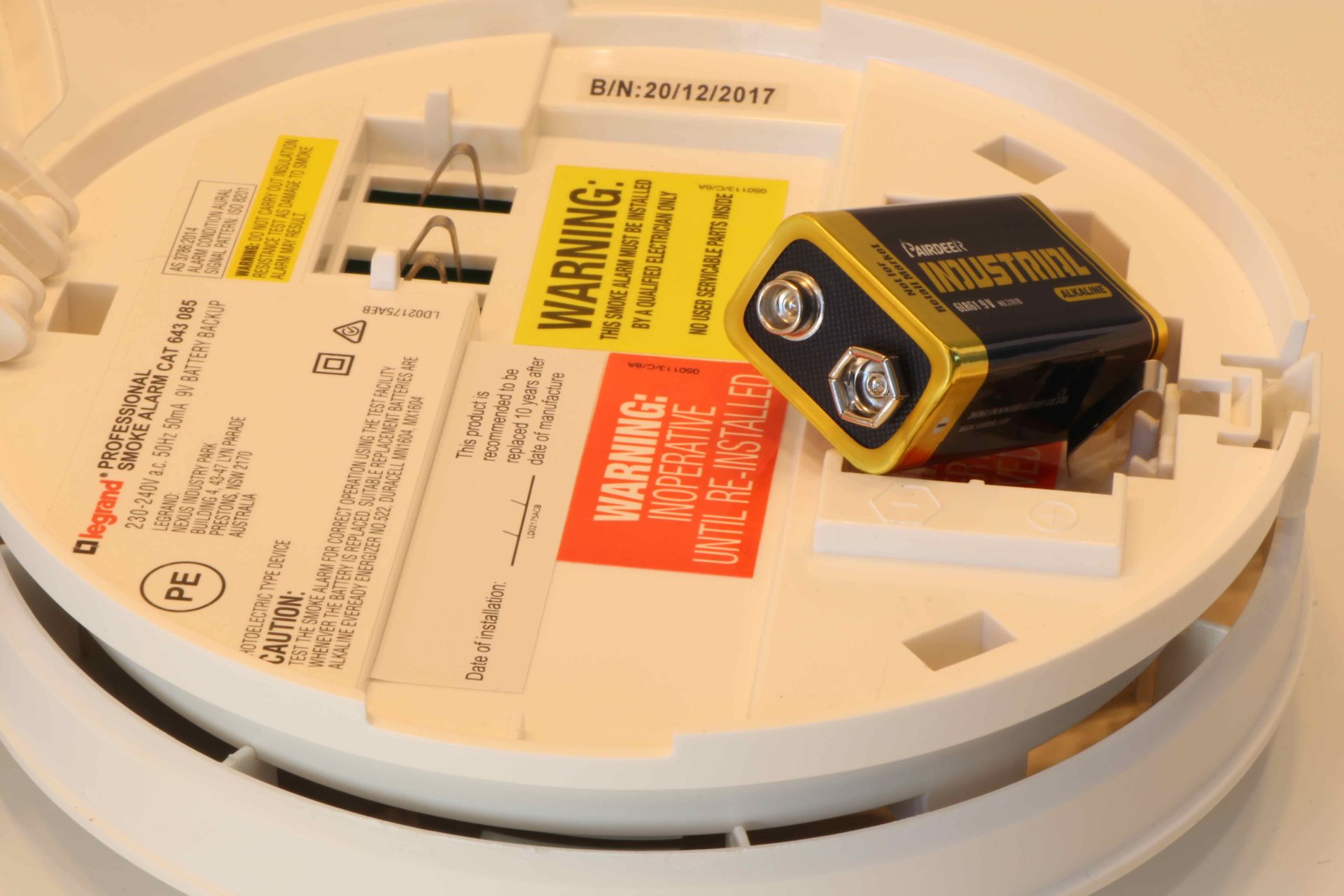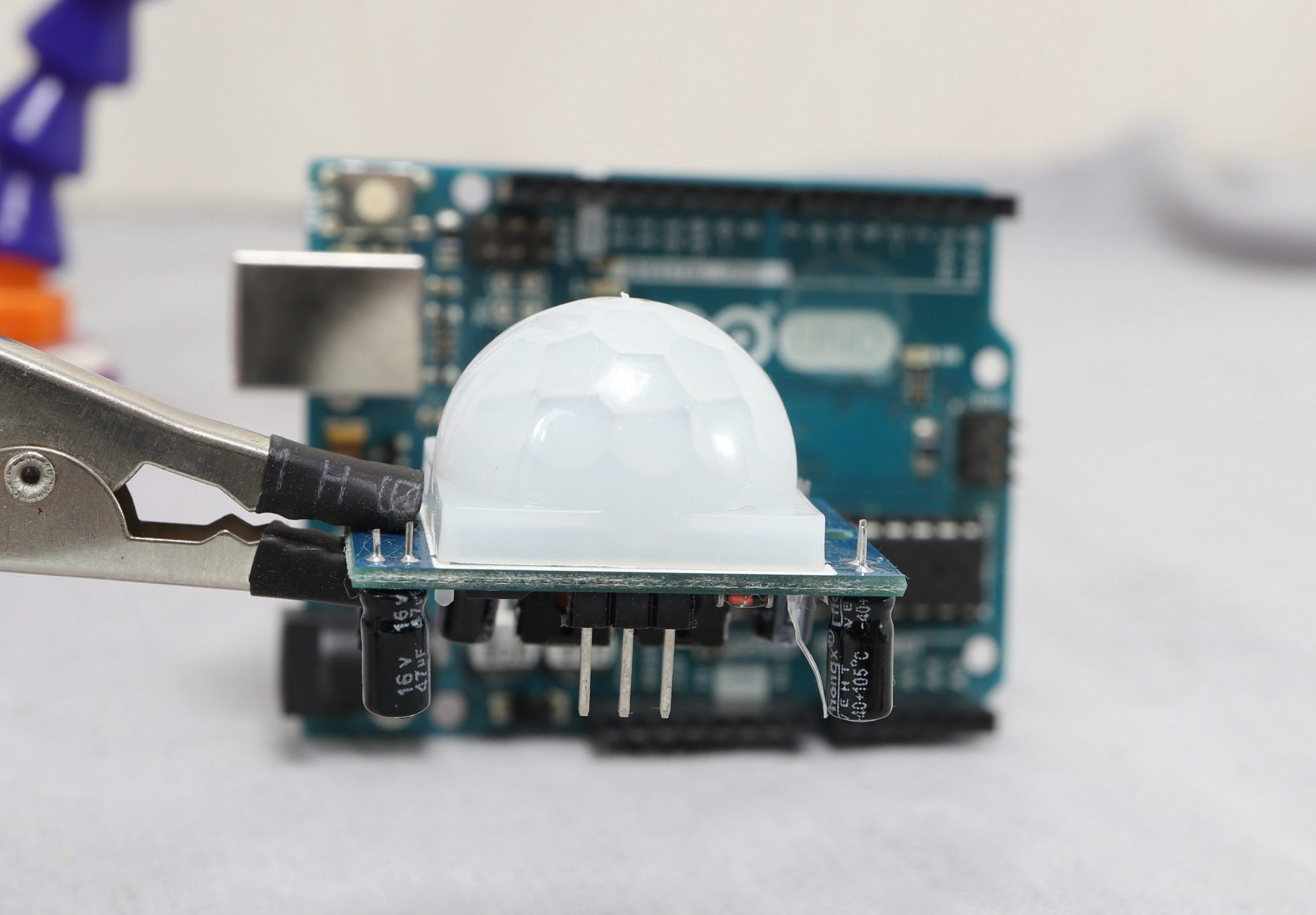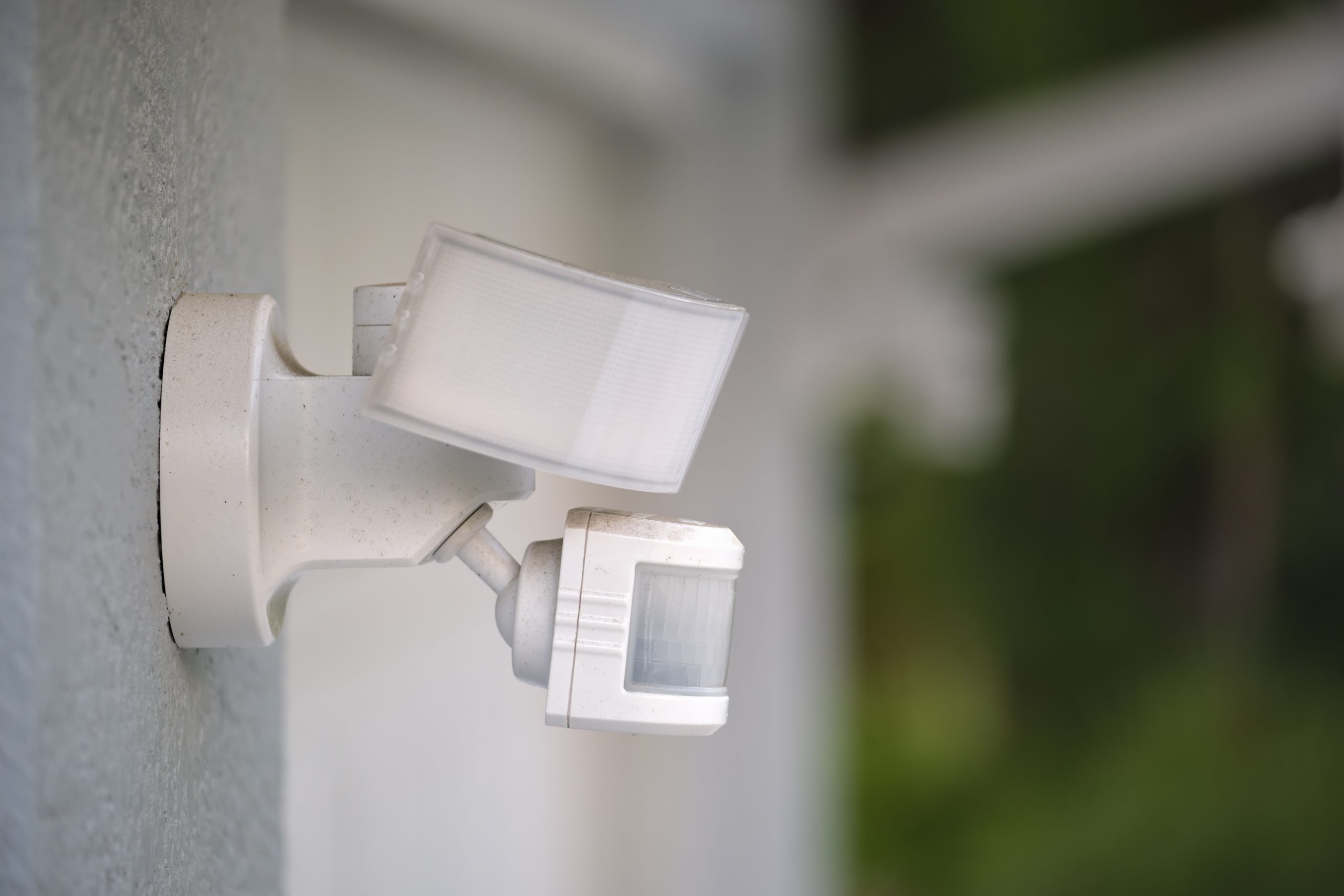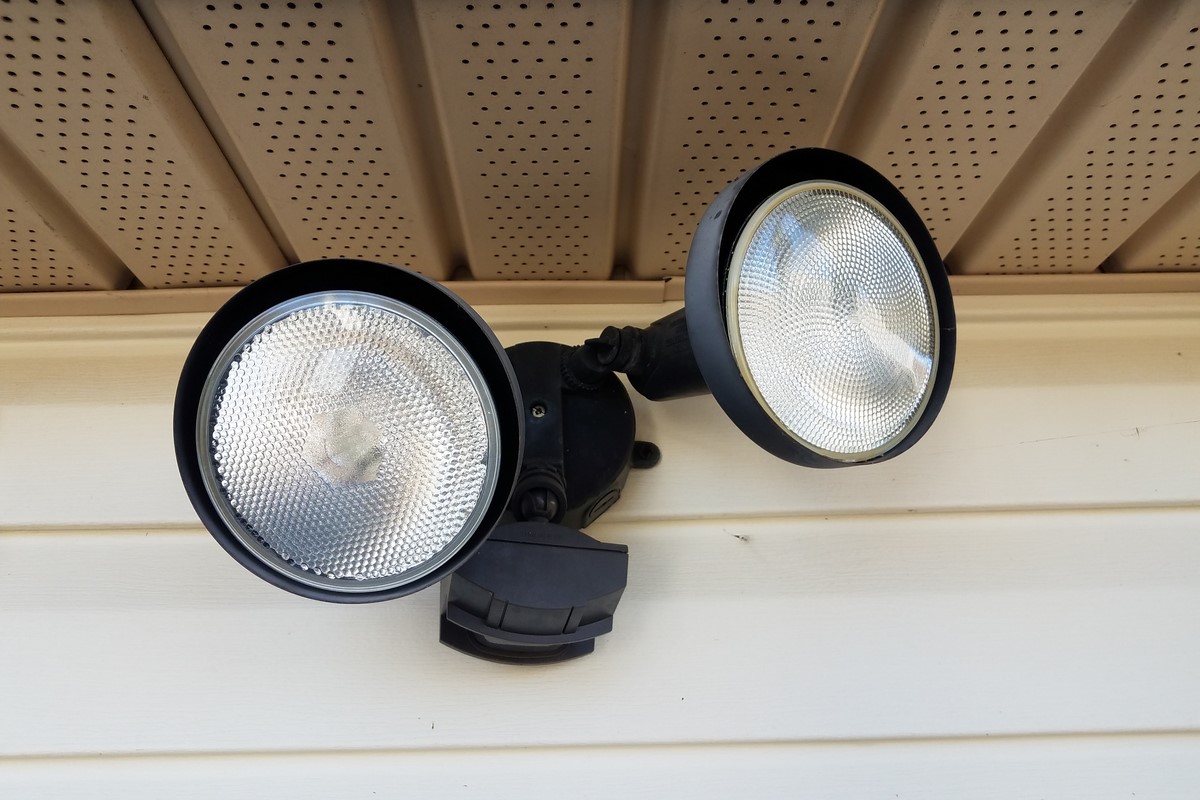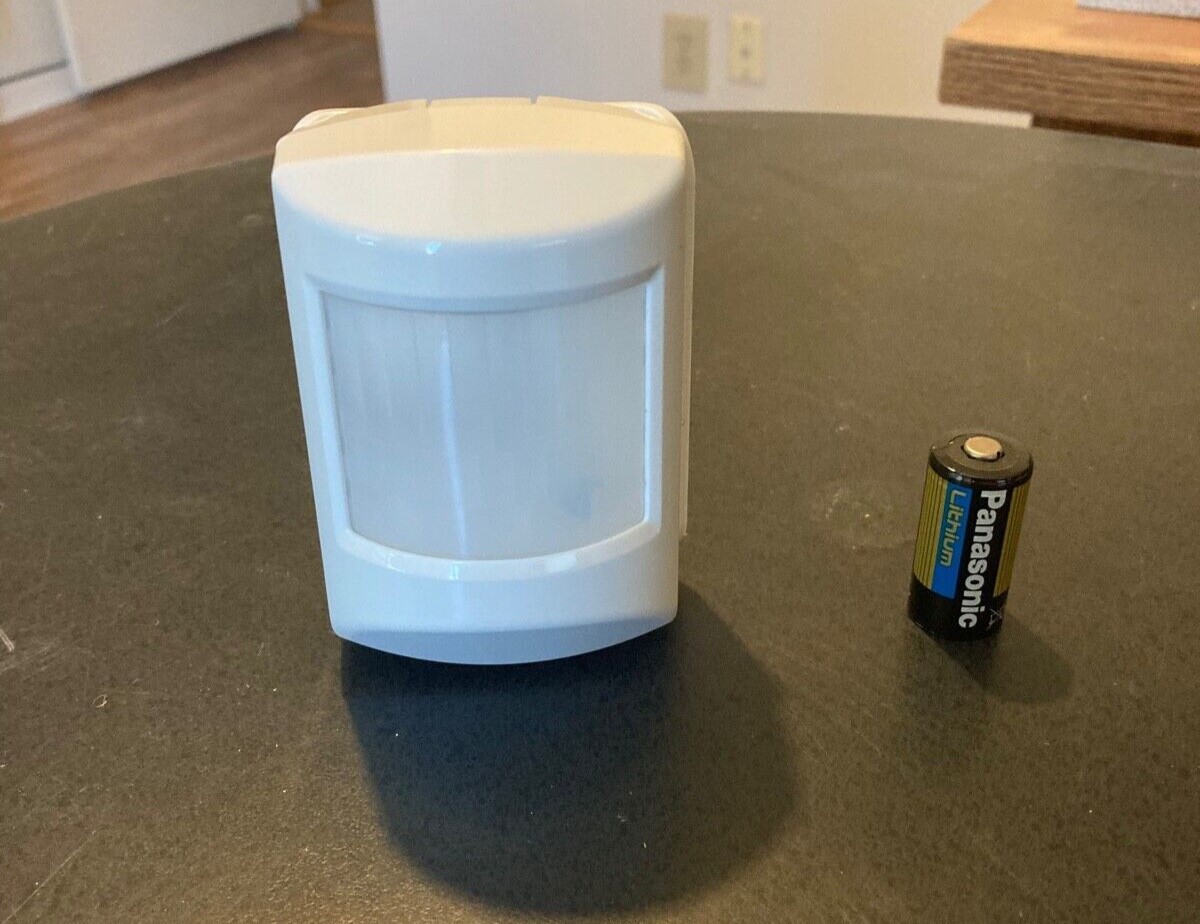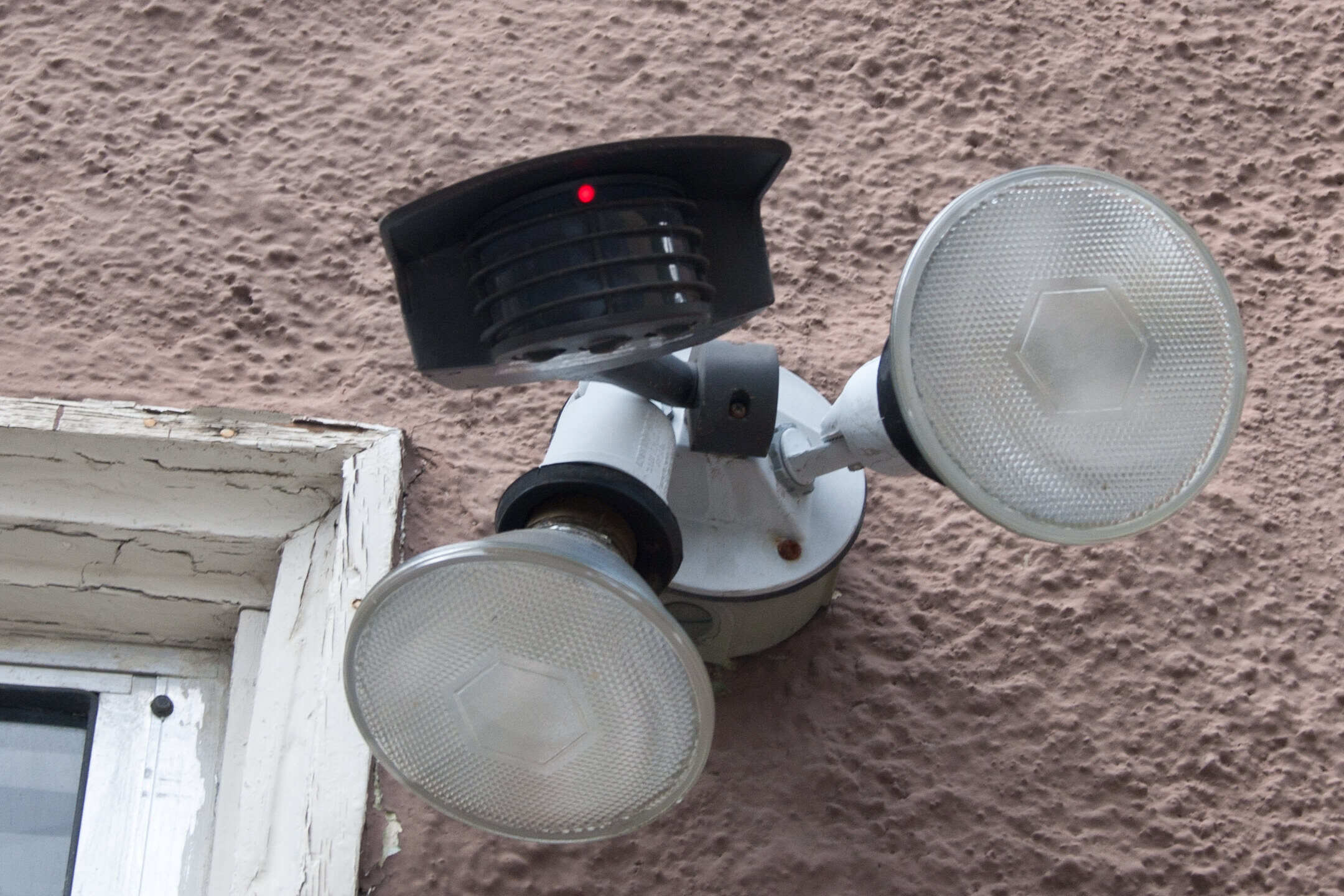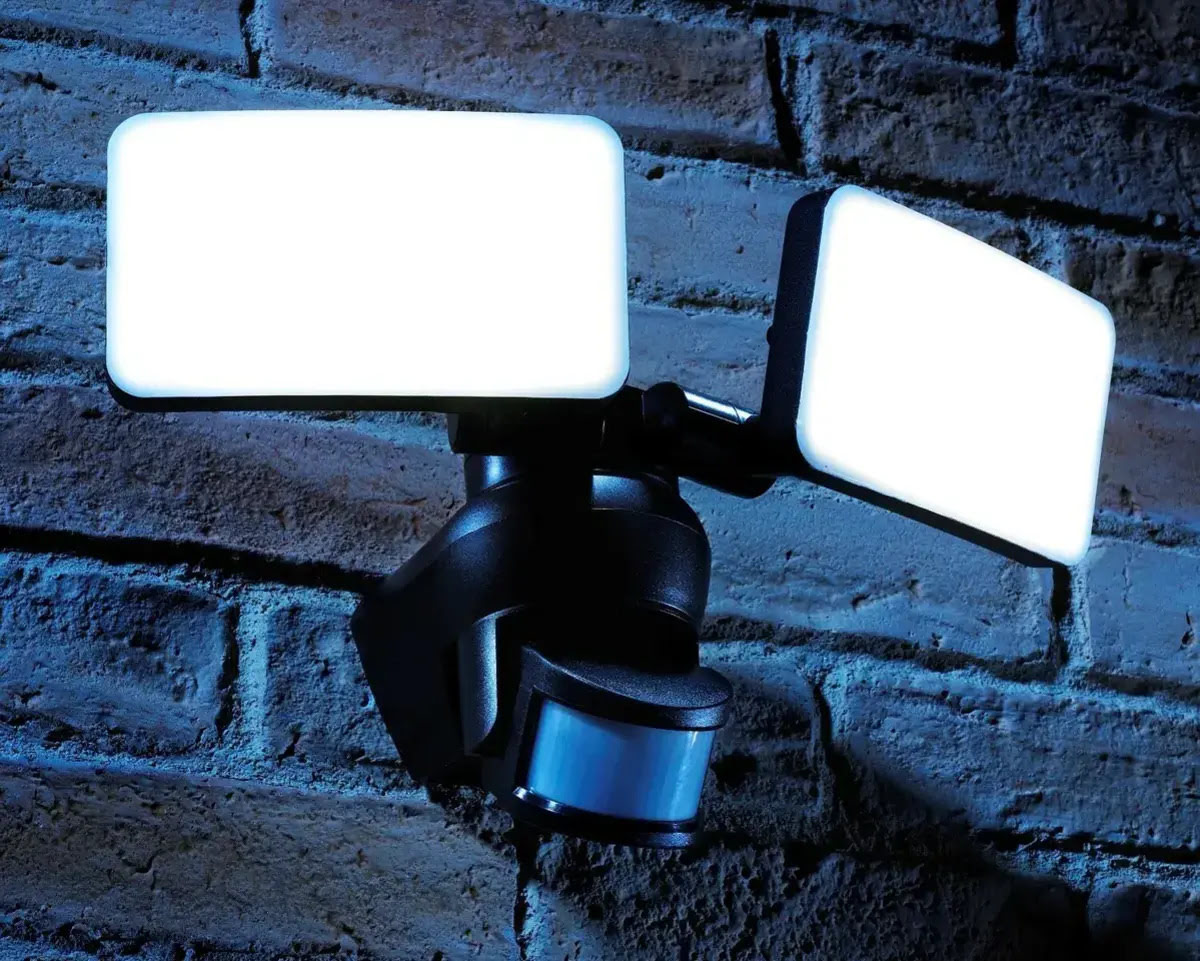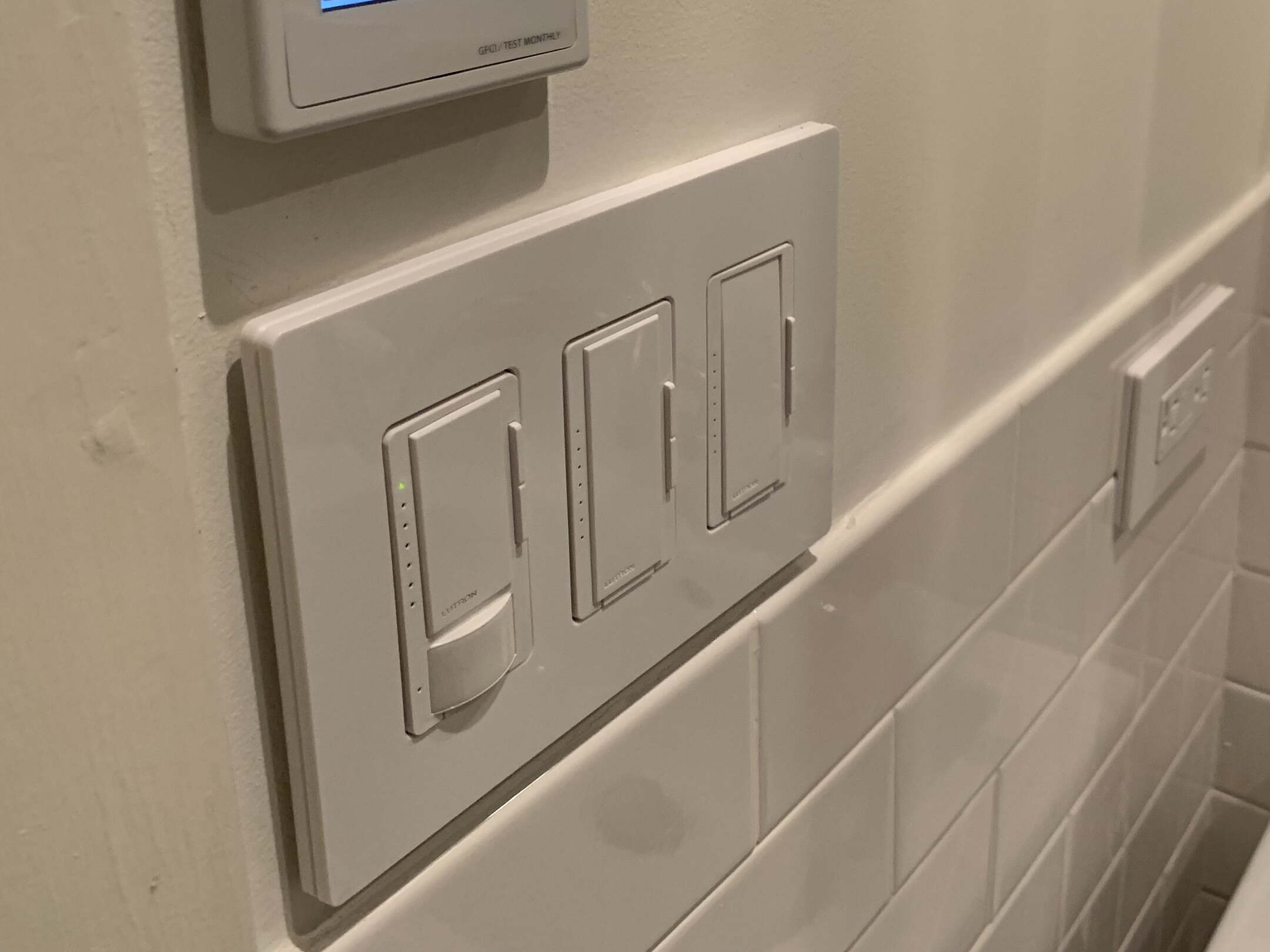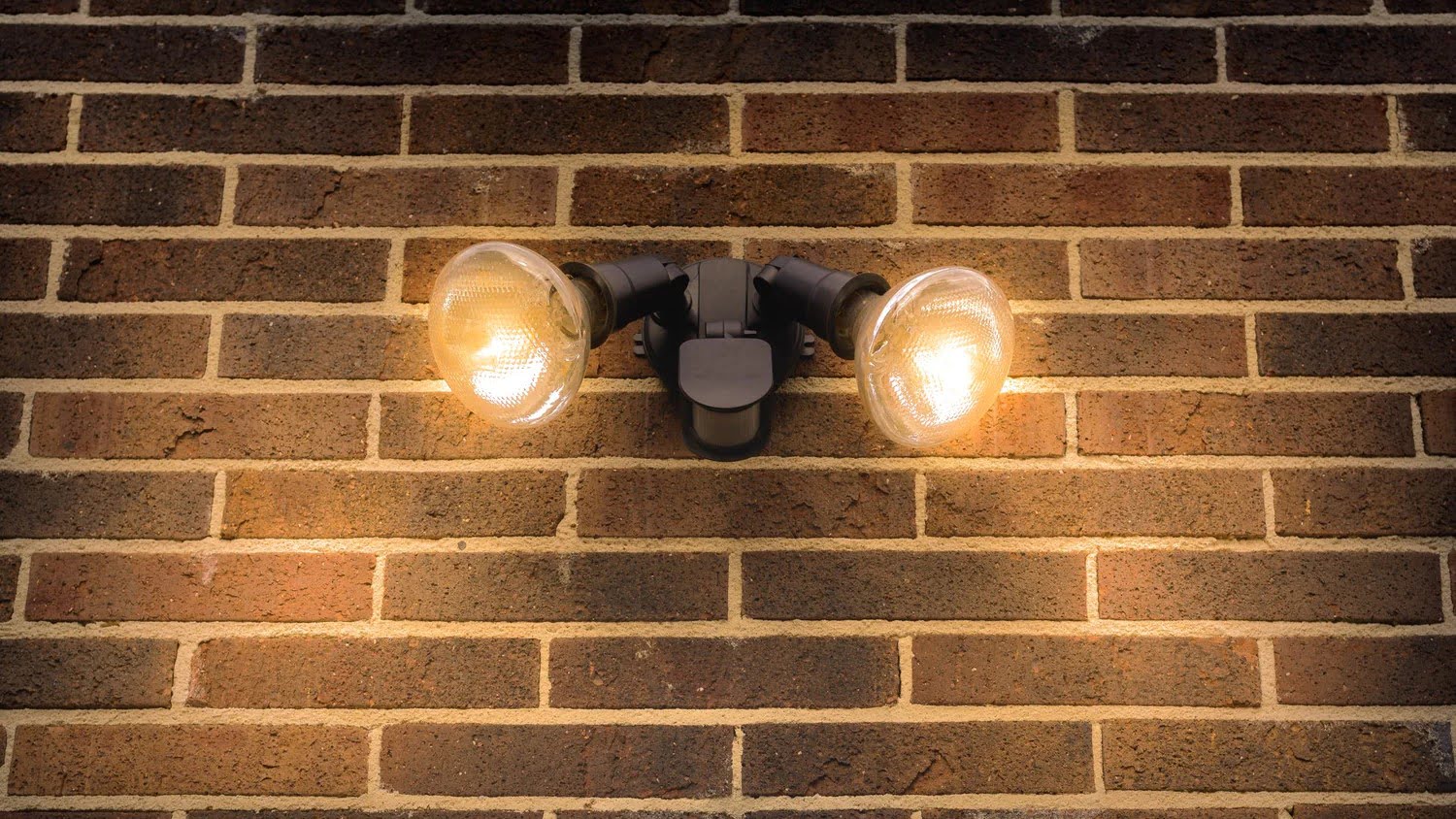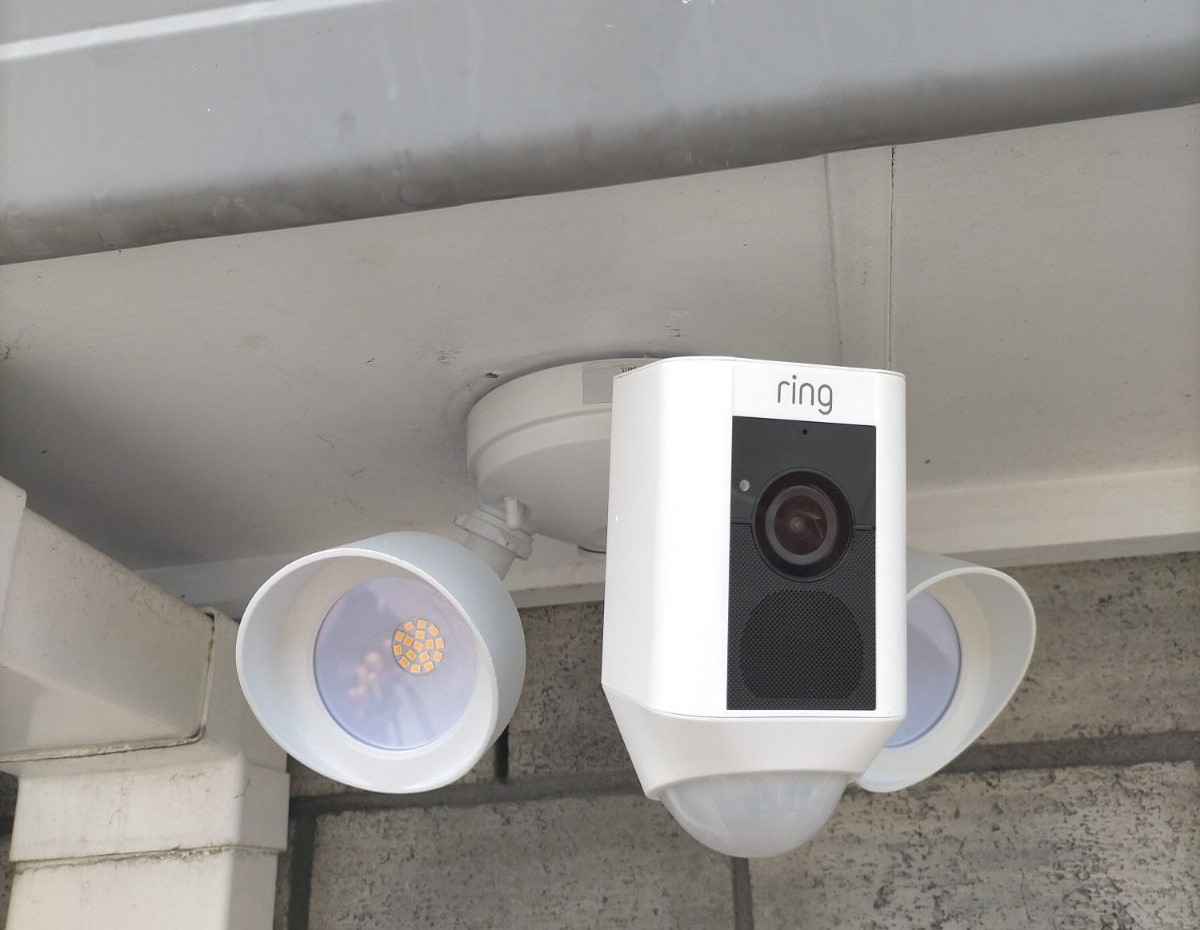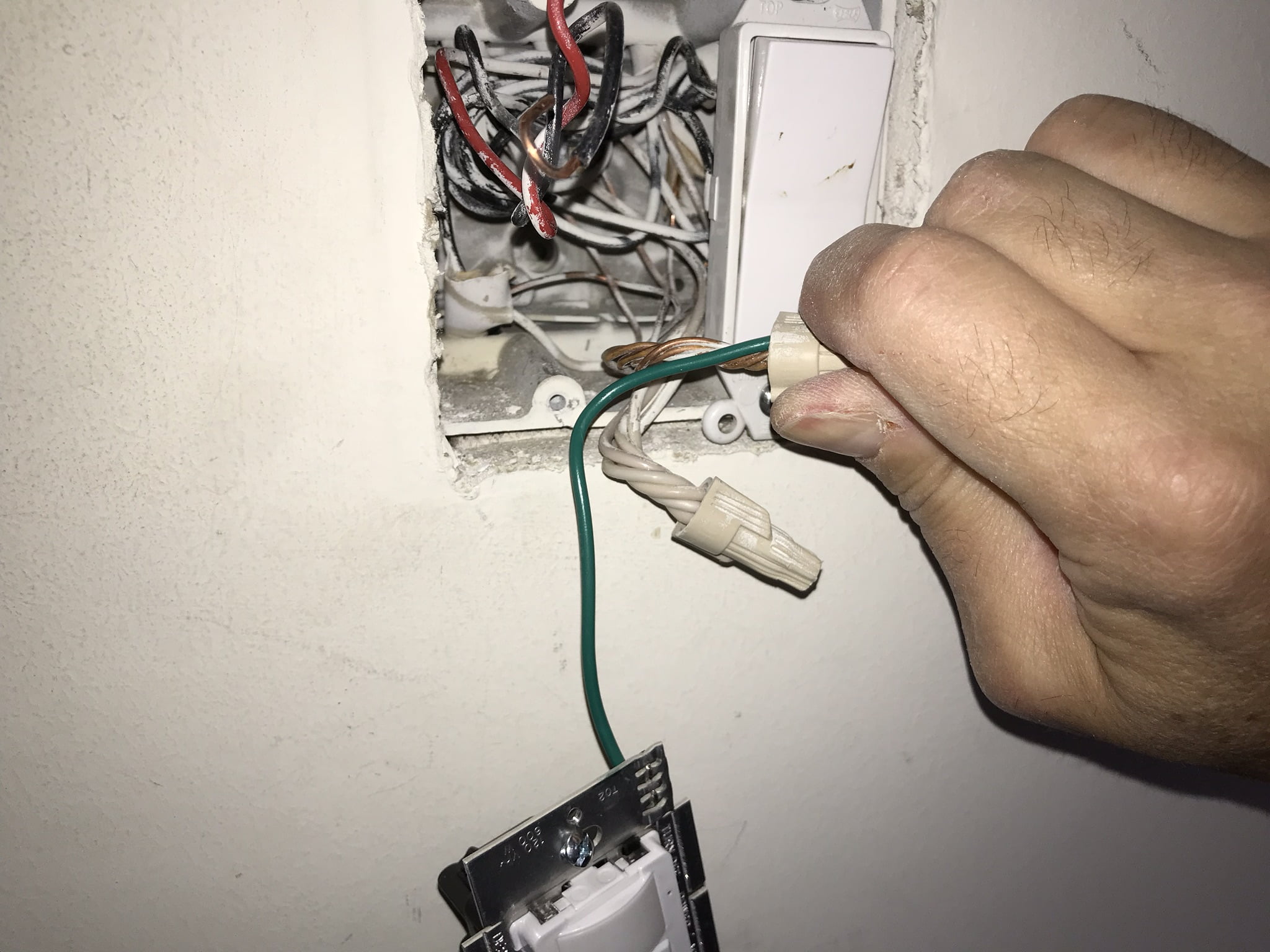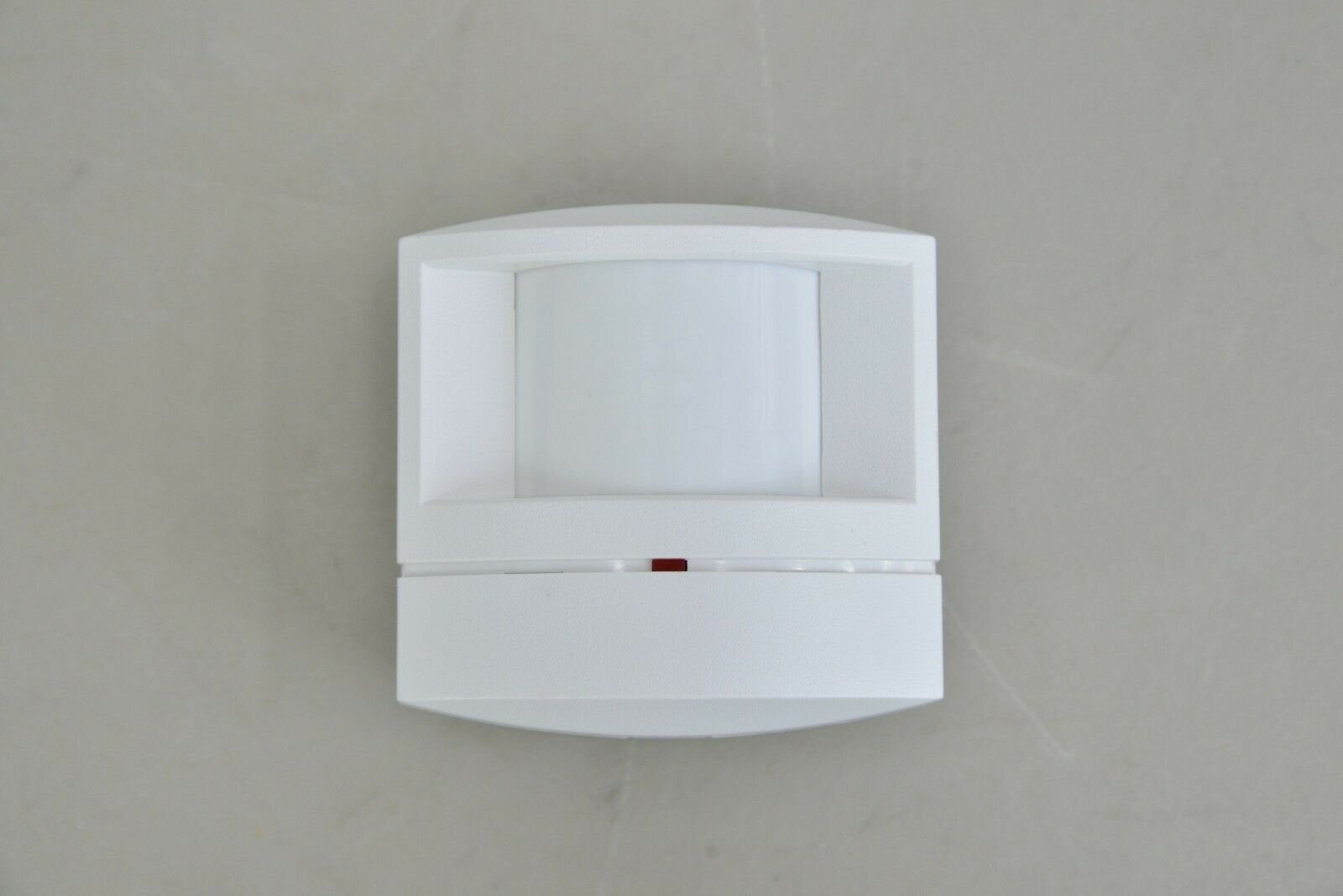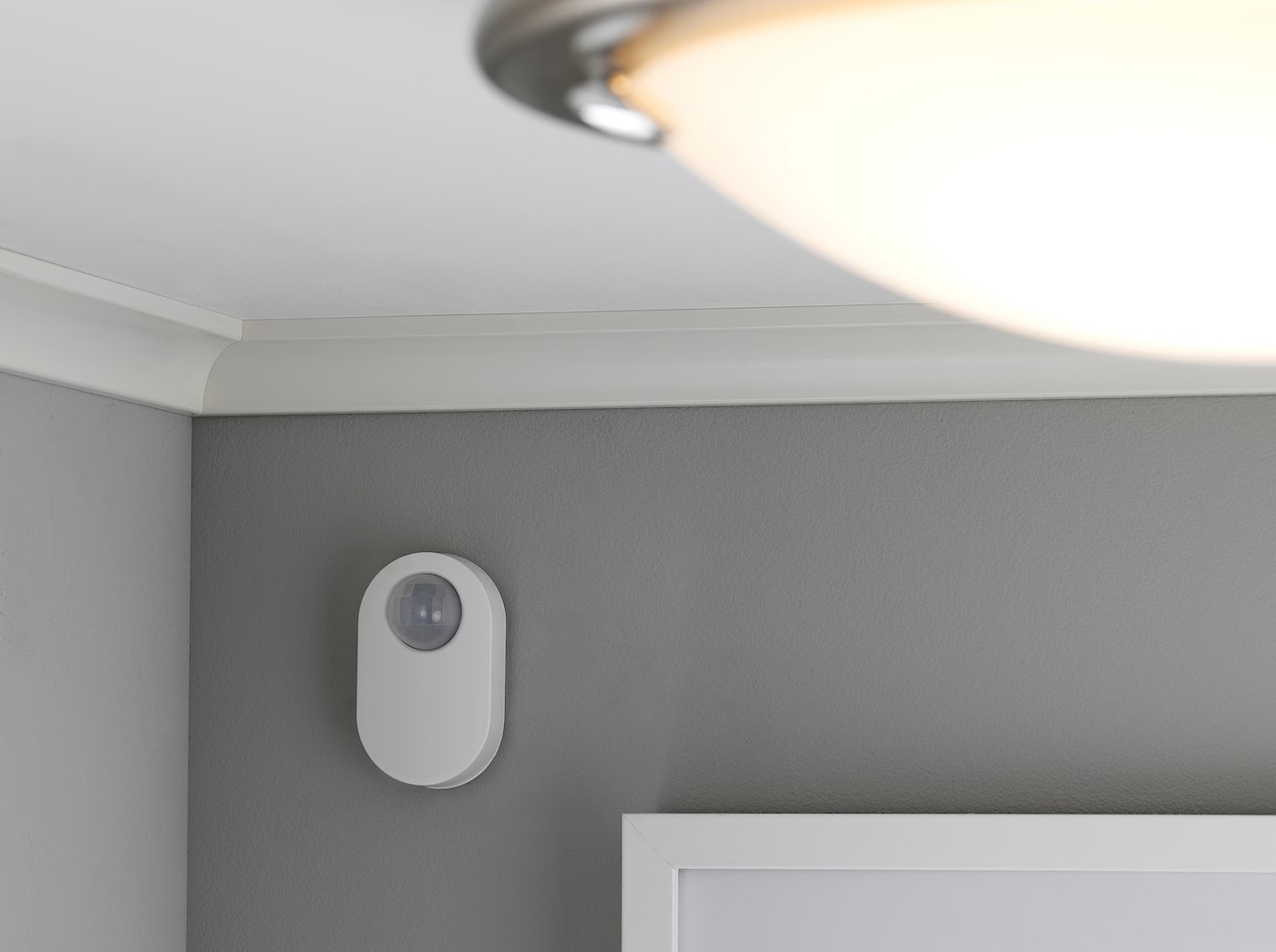Home>Home Security and Surveillance>What Type Of Light Beam Does A Motion Detector Use, And How Does It Differ From A Laser
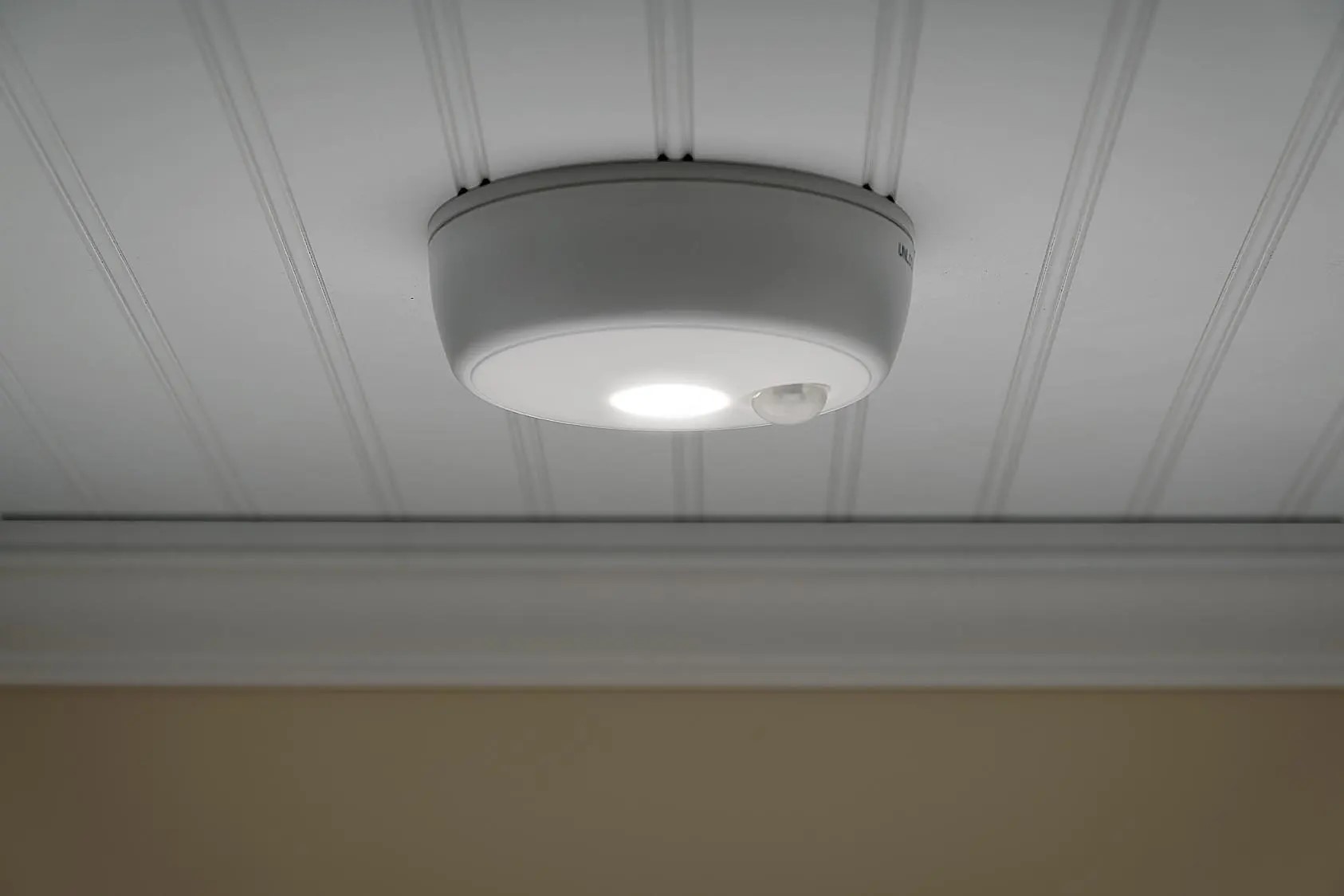

Home Security and Surveillance
What Type Of Light Beam Does A Motion Detector Use, And How Does It Differ From A Laser
Modified: March 6, 2024
Discover the different types of light beams used by motion detectors and learn how they differ from lasers. Enhance your home security and surveillance with this comprehensive guide.
(Many of the links in this article redirect to a specific reviewed product. Your purchase of these products through affiliate links helps to generate commission for Storables.com, at no extra cost. Learn more)
Introduction
Welcome to the world of home security and surveillance, where advanced technology plays a crucial role in keeping our homes and loved ones safe. As the demand for home security systems continues to rise, there is a growing interest in understanding the various components that make up a robust security setup. One such component is motion detectors, which rely on light beams to detect movement.
In this article, we will delve into the world of light beams used by motion detectors and explore how they differ from lasers. By gaining a deeper understanding of the technical aspects behind motion detection technology, you will be equipped with the knowledge to make informed decisions when it comes to home security systems.
So, without further ado, let us shed some light on the fascinating world of light beams and their role in motion detection.
Key Takeaways:
- Motion detectors use different types of light beams like infrared, microwave, and ultrasonic to detect movement, while lasers generate a focused beam for precise tasks like cutting and measuring distances.
- Motion detectors and lasers both use light beams, but they differ in how the beams are generated, their focus, and their specific applications. Motion detectors are for security, while lasers have a wider range of uses.
Understanding Light Beams
Before diving into the details of motion detectors and lasers, it is essential to have a basic understanding of light beams. Light beams are essentially a stream of photons, which are particles of light, traveling in a specific direction. These beams can vary in intensity, color, and range depending on the source and the technology employed.
Light beams are utilized in various applications, from communication systems to medical devices, and of course, home security. In the context of home security, light beams are harnessed by motion detectors to detect any disturbances in their path and trigger an alarm or activate surveillance cameras.
Motion detectors rely on the principle of interruption to detect movement. When an object or person moves within the detection range of the motion detector, it interrupts the light beam, causing a change in the sensor’s output. This change is then interpreted as the presence of movement.
Now that we have a general understanding of light beams and their role in motion detection, let us explore the specific technologies employed in motion detectors and lasers and how they differ.
Motion Detectors
Motion detectors are an integral part of home security systems, designed to detect any unauthorized movement in and around a property. They are commonly used in both residential and commercial settings and are available in various forms, such as infrared motion detectors, microwave motion detectors, and ultrasonic motion detectors.
Infrared (IR) motion detectors are the most commonly used type and work by detecting heat radiation emitted by objects or individuals. They rely on passive infrared (PIR) technology to sense changes in the surrounding infrared energy levels. When a person or object enters the detection area, it causes a change in the infrared energy pattern, triggering the motion detector to activate an alarm or perform a specific action.
Microwave motion detectors, on the other hand, use microwave signals to detect motion. These detectors emit continuous microwave signals and measure the reflections created by any moving object. When the pattern of reflections changes, indicating movement, the motion detector is activated.
Ultrasonic motion detectors, as the name suggests, employ high-frequency sound waves to detect motion. These detectors emit ultrasonic signals and analyze the echoes produced when the sound waves bounce off objects. Any change in the echo pattern triggers the motion detector to respond.
Each type of motion detector has its own advantages and limitations. Infrared motion detectors are excellent at detecting human movement but can be susceptible to false alarms triggered by pets or moving objects. Microwave motion detectors are more reliable in detecting motion but are less sensitive to small movements. Ultrasonic motion detectors are effective at detecting both human and non-human movement, but they can be affected by factors like air currents and obstacles.
Now that we have covered the basics of motion detectors, let us move on to laser technology and how it differs from the light beams used by motion detectors.
Motion detectors typically use infrared light beams to detect movement, while lasers use visible light beams. Infrared light is not visible to the human eye, making it ideal for detecting motion without being easily noticed.
Laser Technology
Laser technology, which stands for Light Amplification by Stimulated Emission of Radiation, is a powerful and versatile technology widely used in various fields, including telecommunications, medicine, manufacturing, and even entertainment. Lasers emit a highly concentrated beam of light consisting of a single wavelength or color.
Unlike the light beams used in motion detectors, which are typically generated by LEDs or other light sources, lasers generate a coherent and focused beam of light. This focused beam of light allows lasers to be used for precision tasks, such as cutting, engraving, and measuring distances.
Laser technology operates on the principle of stimulated emission. It involves the process of exciting atoms or molecules within a medium, such as a crystal or gas, to a higher energy state. When these excited atoms or molecules return to their ground state, they emit photons in a specific direction, creating a laser beam.
Lasers used in various applications can have different wavelengths, and each wavelength corresponds to a specific color of light. For example, red lasers typically have a wavelength of around 650 nanometers, while green lasers have a wavelength of around 532 nanometers. This precise control over the wavelength allows lasers to be tailored for specific purposes.
In terms of home security, lasers can be used to create a security perimeter by creating a beam of light that, when interrupted, triggers an alarm. When the laser beam is broken, it alerts the system that an intruder may be present. However, it is important to note that laser security systems are typically used in high-security applications and may not be as common in residential settings.
While lasers can create a strong and focused beam of light, they differ from the light beams used in motion detectors in terms of how they are generated, their coherence, and their specific applications.
Now that we have explored motion detectors and laser technology separately, let us compare the differences between the light beams used in motion detectors and lasers.
Differences between Light Beams of Motion Detectors and Lasers
While both motion detectors and lasers harness the power of light beams, there are significant differences between the two in terms of their generation, focus, and application.
Generation: Motion detectors typically use LED lights or other light sources to generate the light beam. These light sources emit a broad spectrum of light, which is then directed and focused to create the detection field. In contrast, lasers generate a coherent and focused beam of light through the process of stimulated emission, as mentioned earlier.
Focus: The light beams used in motion detectors are typically dispersed or spread out to cover a wide area. This allows for a larger detection range and the ability to detect movement in different directions within that range. On the other hand, lasers create a narrow and highly focused beam of light, enabling precise targeting and detection of specific points or objects.
Application: Motion detectors are primarily used in home security systems to detect unauthorized movement and trigger alarms. They are designed to monitor a larger area and can be integrated with other security components, such as surveillance cameras. Lasers, on the other hand, have a wide range of applications beyond security. They are used for cutting, measuring, and even entertainment purposes, such as laser light shows.
It is important to note that the light beams used in motion detectors serve the purpose of detection and alerting, while lasers serve various purposes depending on the specific application.
In summary, the light beams of motion detectors are typically generated by LED lights or other light sources and are spread out to cover a larger area, while lasers generate a focused and coherent beam of light. Motion detectors are primarily used for security purposes, while lasers have a broader range of applications.
By understanding the differences between the light beams of motion detectors and lasers, you can make informed decisions when it comes to choosing the right technology for your home security needs.
Conclusion
Home security and surveillance play a vital role in protecting our homes, valuables, and loved ones. Understanding the technology behind motion detectors and light beams is essential for creating an effective home security system. In this article, we explored the world of light beams used in motion detectors and how they differ from lasers.
We learned that motion detectors rely on various types of light beams, including infrared, microwave, and ultrasonic, to detect movement. These light beams are generated by LEDs or other light sources and are spread out to cover a wide area. Motion detectors are commonly used in residential and commercial settings to detect unauthorized movement and trigger alarms.
On the other hand, lasers generate a focused and coherent beam of light through the process of stimulated emission. They have a wide range of applications beyond security, including cutting, measuring, and even entertainment.
While both motion detectors and lasers use light beams, they differ in terms of how the light beam is generated, its focus, and its specific application. Motion detectors are designed for security purposes and monitor larger areas, while lasers have a narrower focus and are used for precise targeting in various industries.
By understanding the differences between light beams used in motion detectors and lasers, you can make informed decisions when it comes to choosing the right technology for your home security needs. Whether you opt for a motion detector-based system or consider implementing laser technology for added security, the goal remains the same: to create a safe and secure environment for you and your loved ones.
Remember, home security is not just about technology; it’s also about being proactive, practicing good habits, and staying vigilant. So, invest in a reliable home security system, keep your doors and windows secure, and be aware of your surroundings. With the right combination of technology and awareness, you can enjoy peace of mind knowing that your home is protected.
Frequently Asked Questions about What Type Of Light Beam Does A Motion Detector Use, And How Does It Differ From A Laser
Was this page helpful?
At Storables.com, we guarantee accurate and reliable information. Our content, validated by Expert Board Contributors, is crafted following stringent Editorial Policies. We're committed to providing you with well-researched, expert-backed insights for all your informational needs.
